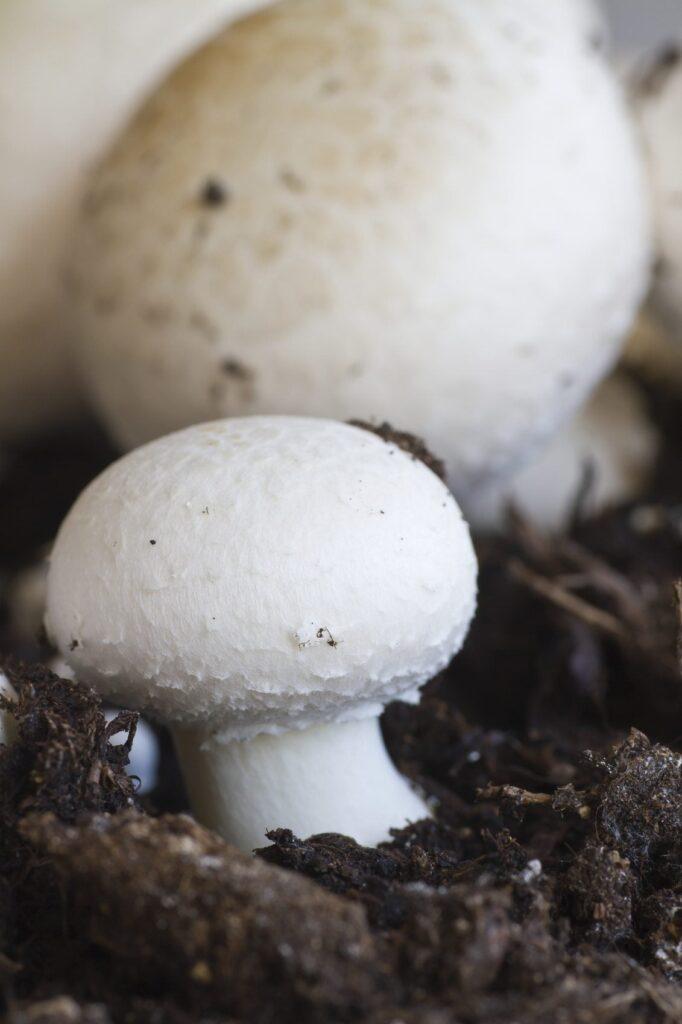Milky mushroom farming is gaining popularity due to the high nutritional value and growing demand for organic mushrooms. This variety, scientifically known as Calocybe indica, is easy to cultivate, highly productive, and offers a profitable business opportunity for farmers and entrepreneurs. In this guide, we will explore everything you need to know about milky mushroom farm, including cultivation methods, benefits, and market potential.

Why Choose Milky Mushroom Farming?
- High Market Demand: Milky mushrooms are widely consumed due to their health benefits and rich taste.
- Low Investment: Farming requires minimal investment compared to other agricultural ventures.
- Sustainable Farming: Mushrooms grow on agricultural waste, making it an eco-friendly business.
- High Yield: With proper care, milky mushrooms produce a high yield in a short period.
Ideal Conditions for Milky Mushroom Farming
To achieve the best results, consider these factors:
- Temperature: 25-35°C (ideal for spawning and growth).
- Humidity: 80-85% to ensure proper development.
- Substrate: Wheat straw, paddy straw, sugarcane bagasse, or any organic waste.
- Ventilation: Proper airflow is necessary to prevent contamination and promote growth.
Step-by-Step Guide to Milky Mushroom Cultivation
1. Preparing the Substrate
The substrate (straw) needs to be treated before use:
- Chop the straw into small pieces (3-5 cm).
- Soak it in water for 10-12 hours.
- Pasteurize by steaming or boiling to remove contaminants.
- Drain and cool before use.
2. Spawning (Seed Inoculation)
- Mix milky mushroom spawn evenly with the prepared substrate.
- Place the mixture in polythene bags or trays.
- Maintain a dark and warm environment for proper colonization.
3. Incubation Period
- Store the bags in a room with 80-85% humidity.
- Keep the temperature at 30-35°C for 15-20 days.
- Mycelium (white fungus growth) will spread throughout the substrate.
4. Fruiting and Harvesting
- Once the mycelium fully colonizes, expose it to light and fresh air.
- Small mushroom buds will start forming.
- Within 7-10 days, fully grown mushrooms will be ready for harvest.
- Cut them carefully and store in a cool place.
Common Challenges in Milky Mushroom Farming
- Contamination: Use sterilized equipment and proper hygiene.
- Pest Attacks: Ensure proper ventilation and use organic pest control.
- Improper Growth: Maintain ideal temperature and humidity.
Marketing and Selling Milky Mushrooms
- Sell fresh mushrooms to local markets, restaurants, and supermarkets.
- Process them into dried mushrooms, mushroom powder, or pickles for extended shelf life.
- Promote through online platforms and social media for better outreach.
Conclusion
Milky mushroom farming is a profitable and sustainable agribusiness. With proper care and management, farmers can achieve high yields and good returns. Whether you are a beginner or an experienced grower, investing in milky mushroom farming can be a rewarding venture. Start your urney today and tap into the growing demand for organic and nutritious food!
